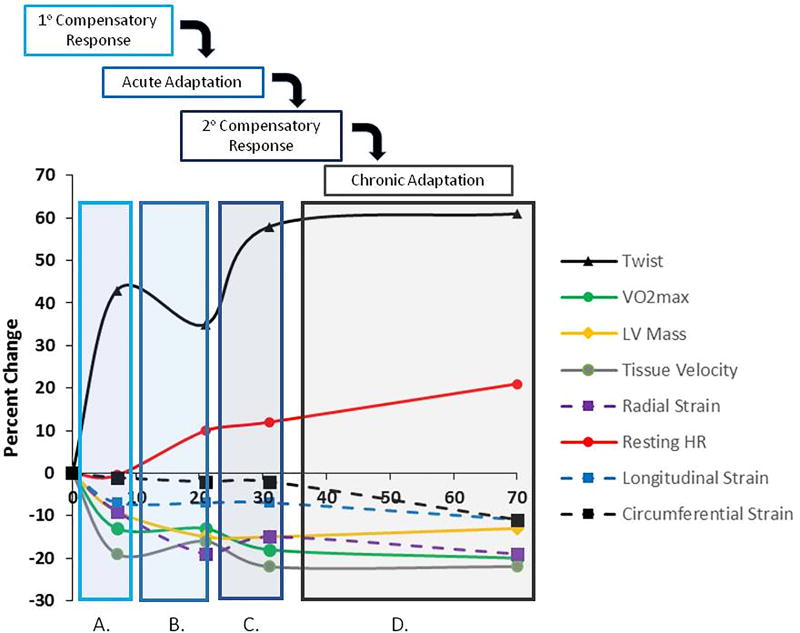Figure 1. Time course of cardiovascular atrophic remodeling in control subjects.
Remodeling occurred in 4 phases: (A) primary compensatory response; (B) acute adaptation; (C) secondary compensatory responses; (D) chronic adaptation. In the primary compensatory phase there was a decline in tissue velocity and VO2peak and an increase in twist relative to pre BR. During the acute adaptation phase there was a decline in LV mass and radial strain, maintenance of tissue velocity and VO2peak, and decline in twist relative to primary compensatory phase. In the secondary compensatory response phase there was a further decline in tissue velocity and VO2peak and an increase in twist and resting HR relative to the acute adaptation phase. In the final chronic adaptation phase, there were declines in longitudinal and circumferential strain, augmentation in resting HR, and maintenance of increased twist and decreased VO2peak, LV mass, and tissue velocity. BR, bed rest; LV, left ventricular; HR, heart rate.

